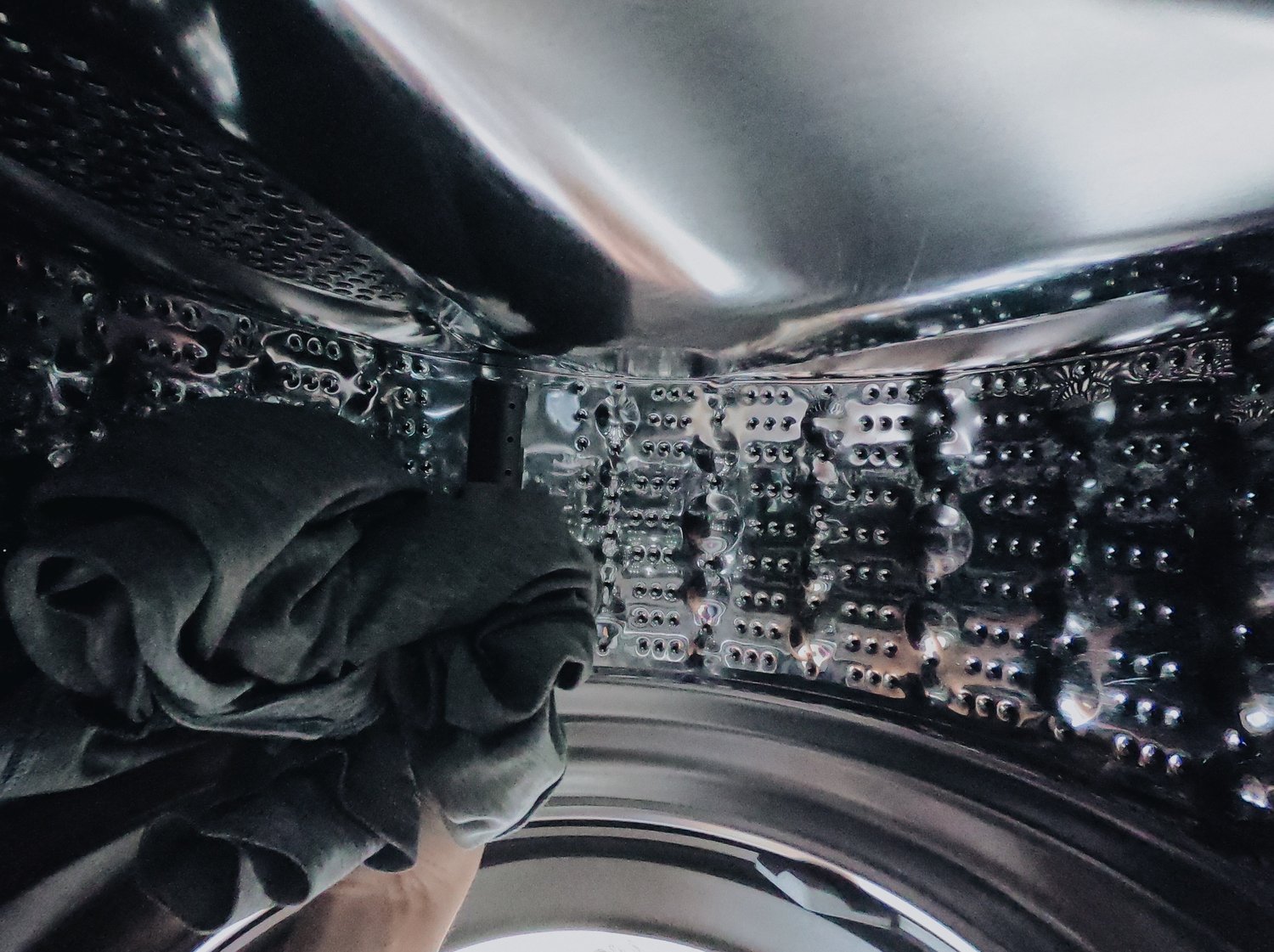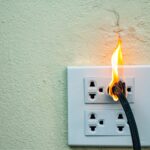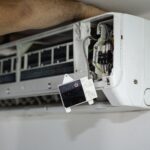Experiencing issues with your electric dryer not heating up can be both puzzling and frustrating, leaving laundry day in disarray. Unraveling this common yet vexing problem requires attention to your dryer’s circuits and heating elements. By identifying the root cause, you can save time, energy, and possibly prevent a costly repair bill.
- Understand the essential components that work together to heat your dryer and how they might fail.
- Discover how to accurately test the electrical circuits ensuring your dryer receives the correct power supply.
- Learn to inspect and assess the condition of the heating elements to spot potential failures.
With the guidance of this article, decide whether to tackle the repair yourself or consult a professional, armed with insights that pave the way for a stress-free laundry experience. Dive into the practical steps that will aid in diagnosing and resolving your dryer’s heating issues efficiently.
Understanding Why Is My Electric Dryer Not Heating: Circuit and Element Testing Basics
When your electric dryer isn’t heating properly, it can disrupt your laundry routine and leave you frustrated. Understanding the fundamental components involved in your dryer’s heating process is crucial to diagnosing the problem.
Your electric dryer relies on a series of circuits and heating elements to generate the necessary warmth to dry your clothes efficiently. If any of these components fail, the dryer may not heat up as expected.
Testing circuits and elements is essential because it helps pinpoint the exact location of the issue, whether it be a broken heating element or a malfunctioning electrical circuit. By checking these critical parts, you can determine why your electric dryer is not heating and if you need to replace any components.
In the following sections, you’ll learn how to systematically evaluate and test these components using simple tools. This knowledge empowers you to make informed decisions, whether performing a DIY fix or consulting with a professional.
Conducting Circuit Tests: Ensuring Proper Electrical Flow
Conducting circuit tests within your electric dryer ensures a steady flow of power, which is vital for its heating performance. Start by unplugging the dryer and removing the back panel to expose its circuitry.
Begin with a visual inspection of the wiring to identify any visible damages, such as frayed or burnt wires. Once you’ve confirmed the physical condition is intact, use a multimeter to test for electrical continuity.
Follow these steps:
1. Set the multimeter to the ohms or continuity setting. Ensure it’s properly calibrated before proceeding.
2. Touch the probes to the terminals of the thermostats and fuses. These should exhibit zero resistance or a closed circuit, indicating a proper electrical flow.
3. If you encounter infinite resistance, that component is faulty and needs replacement. Repeat these tests for all relevant circuit components, including the thermal fuse, thermostat, and any related connections.
Completing these steps will help identify any disruptions in your dryer’s electrical supply, allowing you to address issues that might be hindering its heating function. Whether it’s just a faulty fuse or a more complex wiring issue, these methods ensure your laundry days get back on track without unnecessary delays.
Examining the Heating Elements: Why Your Electric Dryer Might Not Be Heating
When your electric dryer stops producing heat, one of the first areas to investigate is the heating elements. These components are crucial for generating the warmth necessary to dry clothes effectively. By understanding how to inspect these parts, you can identify potential problems and address them accordingly.
The heating element in your dryer is often a coil or a set of coils that heat up to dry the clothes. Over time, these coils can wear out or break, resulting in no heat production. To examine the heating elements, start by unplugging the dryer to ensure safety. It’s essential to verify that the appliance is completely disconnected from any power source.
Next, locate the heating element. In most electric dryers, the heating element is housed in a dedicated compartment, which can often be accessed from the back of the machine. Remove the necessary panels and visually inspect the element for any visible damage, such as breaks or burns in the coil. This damage is a clear indicator that the element is no longer functioning properly.
If visual inspection does not reveal any obvious issues, it’s important to conduct a more detailed test using a multimeter. Set your multimeter to the ohm setting and measure the resistance across the terminals of the heating element. Typically, a functioning heating element will show a specific range of resistance, often between 10 and 50 ohms, depending on the model. A reading outside this range can confirm a faulty element.
Addressing problems with the heating elements ensures your dryer returns to optimal performance. Timely replacement of damaged elements prevents further complications and maintains efficient energy use. Whether you’re engaging in DIY repairs or seeking professional help, a thorough understanding of heating element functionality is invaluable for troubleshooting electric dryer heating issues.
Frequently Asked Questions About Electric Dryer Heating Issues
Why is my electric dryer not heating up?
Answer: Most common reasons include faulty heating elements, circuit breakages, or thermostat issues.
How can I check if my dryer’s circuit is functioning?
Answer: Use a multimeter to test continuity and ensure electrical flow is uninterrupted.
What tools do I need to test my dryer’s heating element?
Answer: You’ll need a multimeter to test the heating element’s resistance.
Is it necessary to disconnect the dryer before testing?
Answer: Yes, always disconnect the power supply to ensure safety during testing.
Can I replace a faulty heating element myself?
Answer: Yes, if you’re comfortable with tools and have a basic understanding of appliance repair.





